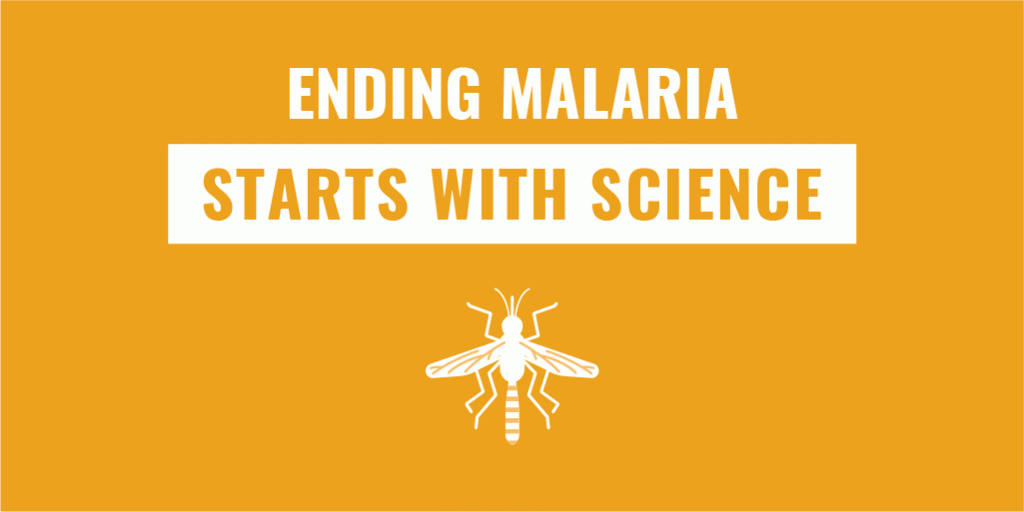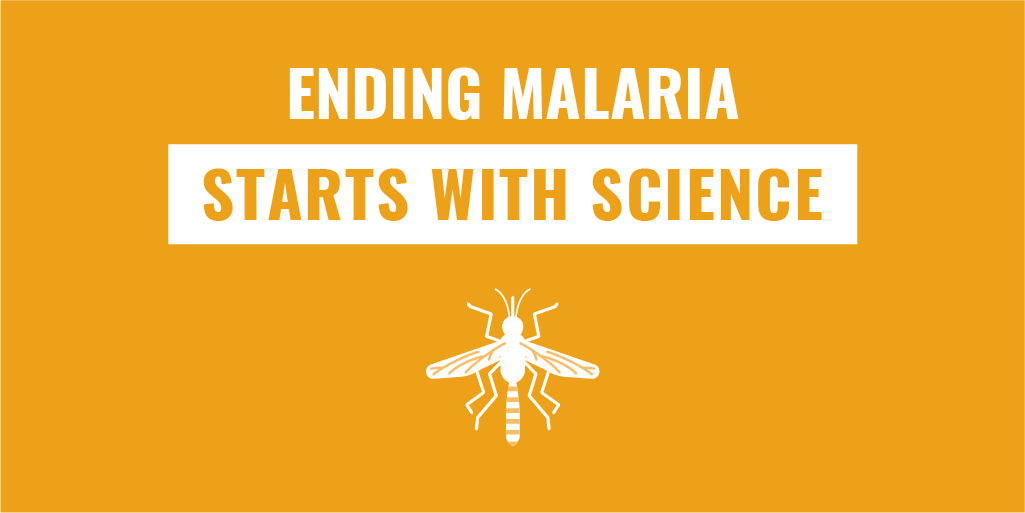
World Malaria Day on April 25 heralded some fantastic news – our partners at PATH’s Malaria Vaccine Initiative announced that they, together with pharmaceutical company GSK, have been working on a malaria vaccine that has now been given regulatory approval by the European Medicines Agency. This is big news – malaria still kills millions of people around the world, and we are still struggling to find new and innovative medicines and treatments to fight back. A new vaccine could be revolutionary in the struggle to end the worldwide malaria epidemic by 2030.
To talk through this development, and what it means for global health, we spoke to Ashley Birkett, Director, PATH’s Malaria Vaccine Initiative!
One of PATH’s flagship programmes is the Malaria Vaccine Initiative (MVI), which has a robust portfolio of projects and which collaborated with GSK to develop the first malaria vaccine (RTS,S, also known as Mosquirix™) that has been positively reviewed by the European Medicines Agency. What can you tell us about the needs and opportunities for scaling up this potentially important new tool in the fight against malaria and about other malaria vaccines in the pipeline?
The pilot introduction of the RTS,S malaria vaccine—begun in Malawi on April 23, in Ghana the following week, and soon in Kenya—is a significant milestone in the effort to defeat this deadly disease, and the outcome of nearly two decades of collaboration between PATH and GSK. The pilot programme, coordinated by WHO and led by the ministries of health in the three countries, is expected to vaccinate at least 360,000 young children annually, across the three countries.
Going from pilot introduction to wide-scale use will require several things to happen. First, decision-makers at global and national levels will need to decide whether the vaccine should be rolled out more broadly across Africa. To this end, several evaluations will be conducted alongside the pilot introductions to provide the evidence for this decision. These evaluations will help determine how best to deliver the recommended four doses of the vaccine, document its health impact, and generate additional safety data.
Second, if that policy decision on broader use is positive, financing bodies and funders will have to make the necessary financial commitments to ensure that the vaccine is available for use in sufficient quantities and over the long term. The vaccine manufacturer, GSK, has up until now been willing to manufacture the vaccine and provide it free of charge—a commitment of up to 10 million doses for use in the pilot introduction. I think we all understand that a company that is accountable to its stockholders cannot be expected to manufacture at scale without being compensated financially, a challenge that is even greater for products for which the market in high- and middle-income countries is limited or non-existent.
Thirdly and most important, malaria-endemic countries will need to decide if they want to introduce the vaccine and where. We saw some indication of that potential interest at the meeting of the Gavi board in June 2016, at which funding for the pilot introduction was approved. More than a dozen representatives of African countries spoke about the need for a malaria vaccine and the potentially important public health impact of RTS,S. Further evidence of potential demand for the vaccine was shown in early 2017, when ten countries expressed interest in introducing the vaccine. Of these ten, three were selected by WHO.
On April 25, we commemorate World Malaria Day to build public awareness of this life-threatening disease that affects more than 200 million people annually and kills almost half a million, mostly children under 5 years living in sub-Saharan Africa and India. What progress have we made toward ending malaria?
Beginning in the early 2000s, the world saw a sustained and substantial reduction in malaria cases and deaths, largely due to growing investments in malaria control programmes and the resulting increases in coverage and use of key malaria interventions, including long-lasting insecticide-treated bednets, indoor residual spraying, rapid diagnostic tests, and artemisinin-combination treatment drugs. Despite this progress, however, there are still more than 400,000 deaths due to malaria each year—most of them in sub-Saharan Africa and the overwhelming majority among young children. Indeed, more than 50% of malaria deaths in 2017 occurred in just seven countries in Africa.
Alarmingly, however, the number of malaria cases has actually increased since 2015. As noted at a World Malaria Day event in Paris by Pedro Alonso, head of the World Health Organization’s Global Malaria Programme, the progress made has relied on tools that were developed in the last century and renewed progress against the disease will require new approaches, and new or improved tools—and highlights the importance of investments in both malaria control programs and research and development (R&D). He noted that the malaria vaccine rolling out in Malawi, Ghana, and later this spring, Kenya, is not a silver bullet, but a potentially important tool to add to those already in use.
At the same time, it is important to note that countries are continuing to eliminate malaria, with Paraguay and Uzbekistan recently joining the list of countries declared malaria-free.
So the current malaria situation is marked by both progress and peril. The malaria parasite is complex and adaptive, and is developing resistance to current treatments. And the mosquito is also adapting, with resistance to insecticides already widely evident. The RTS,S malaria vaccine is a new tool to add to the toolkit. Large-scale clinical trials showed that it reduced cases of malaria by nearly 40 percent (39%) over four years of follow-up and cases of severe malaria by close to 30 percent (29%). Modeling groups have concluded that it could prevent tens of thousands of deaths. And it is important to note that all these impacts are on top of that of bednets.
You mentioned that progress against malaria goes hand in hand with more investments in research and development (R&D) programmes. How big is the funding gap for malaria R&D and how much is Europe contributing to close it?
An estimated $6.6 billion in annual spending for malaria control and elimination programs is needed in 2020 to meet internationally agreed-upon targets for reductions in malaria illnesses and death—and funding from all sources in 2017 was less than half that amount, at $3.1 billion. While less significant a gap, a shortfall of at least $100 million for malaria R&D means that the annual target of at least $700 million in investment has never been met, keeping in mind that this estimate does not include the costs of research for implementation (defined as operational and/or implementation research needed to optimize use and impact of an intervention). More than a quarter of malaria R&D funding comes from the United States National Institutes of Health. The United Kingdom is the second largest public sector donor, followed by the European Commission and Germany.
Success stories such as Mosquirix or Krintafel™ (tafenoquine)—the first single-dose therapy for Plasmodium vivax malaria—demonstrate that even with limited resources, malaria R&D is delivering results. But it costs half a billion dollars or more to move a vaccine from the laboratory and through the development process—and then it still has to be procured. If R&D investments were stepped up, we could expect even greater—and faster—progress in the development of new tools to help defeat malaria.
As Peter Sands, head of the Global Fund to Fight AIDS, Tuberculosis and Malaria, said in Paris on World Malaria Day, when it comes to malaria, “we’re either winning or losing—there is no neutral ground…it is unforgiving…. Our job is to finish it.”

